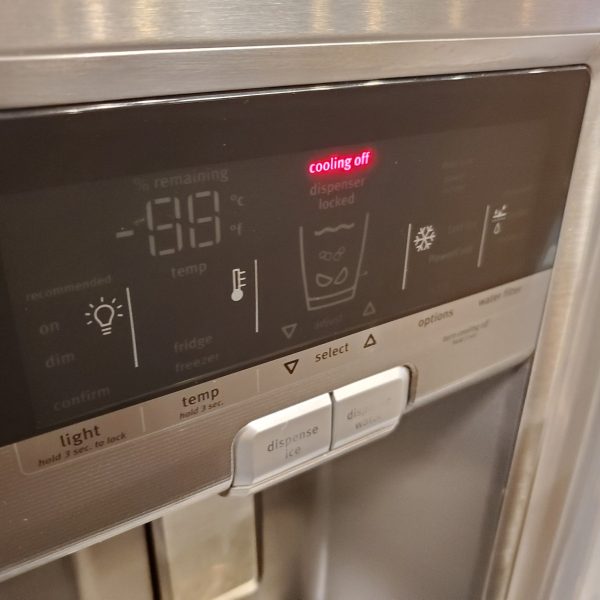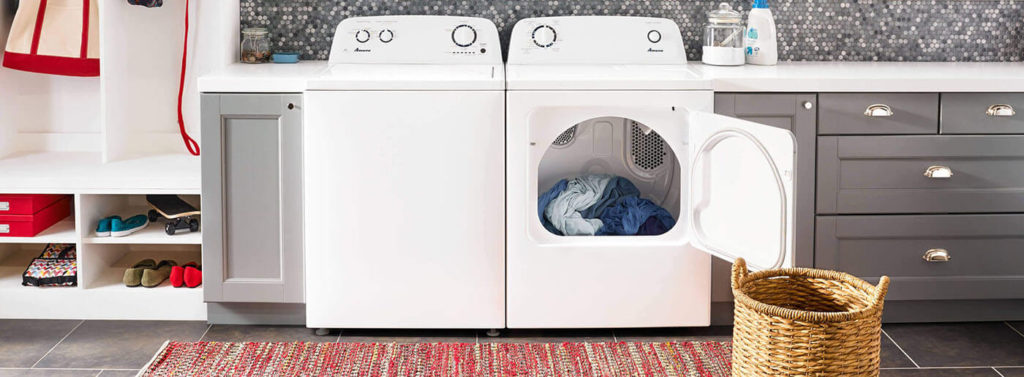Table of Contents

Common Refrigerator Problems and Solutions
Refrigerator Noises (Normal and Abnormal)
Excess Moisture / Frost in Fridge / Freezer
For one, makes sure that the fridge door is properly sealed. That means full contact with the refrigerator. Wipe down the gasket – if food particles or dust build up here, that may cause the seal to lose its grip. If the gasket is worn out or broken, replace it with a new one.
The Fridge Isn’t Cold Enough
You don’t want your fridge to be warmer than the recommended temperatures. Typically, it should be around 3°C (37°F) for the refrigerator and -18°C (0°F) for the freezer; however a range of 0 – 4°C (33-40°F) is generally accepted as safe for most purposes. Always start with the temperature recommended in the user guide.

Go ahead and check the settings as well. Modern refrigerators have a number of settings like Cooling On / Off, Power Outage Mode, Showroom Mode, and more. Check the manual to adjust these settings properly.

Icemaker Not Making Enough Ice
The average refrigerator icemaker is designed to produce 1.5kg (about 3 pounds) of ice a day. Before you really get into troubleshooting the icemaker, keep in mind that ice production may not start until the fridge has been plugged in for 24 hours. In some instances, the icemaker may take as many as three days before it gets to full capacity for ice production. Additionally, if you have previously removed a significant amount of ice, replenishing it in full can take as long as 24 hours.
Malfunctioning Water Dispenser
If you have confirmed that everything is fine with the water pressure and that you’ve given the fridge 24 hours to acclimatize, it’s time to check the water connection. You will typically find it on the lower back side of the refrigerator. If it is not connected, connect it. If it is connected, ensure that the tap is turned on.
Another area to investigate is trapped air within your water line. This trapped air will need to be flushed out before the water dispenser can work properly. To release this trapped air, you can press and hold the dispenser for five seconds, release it for about five seconds and repeat until water starts to flow. Once water begins to flow, continue dispensing until 12 litres (about 3 gallons) of water has been dispensed. Consult your user’s guide as it may contain flushing instructions specific to your refrigerator.






2 Responses
Please get back to me! I’ve called and emailed a few times. The rubber trim on my fridge had bees separating for a little while now. And now the magnet is sliding out. ! This is not because of dirty fridge either. I need to get this replaced place
Hello Corrine, We are so sorry for the issues you have experienced with your fridge. We understand that it is disappointing to have an appliance fail to meet your expectations and we sincerely apologize for this. We would like to help you. If this is a Whirlpool, Amana, Maytag or Kitchenaid produt, please call us at 1-800-807-6777 (M-T 8AM-6PM, W-F 9AM-6PM EST) with the model and serial number of your appliance so we can assist you.
Sincerely, Whirlpool Customer Care Team
Comments are closed.